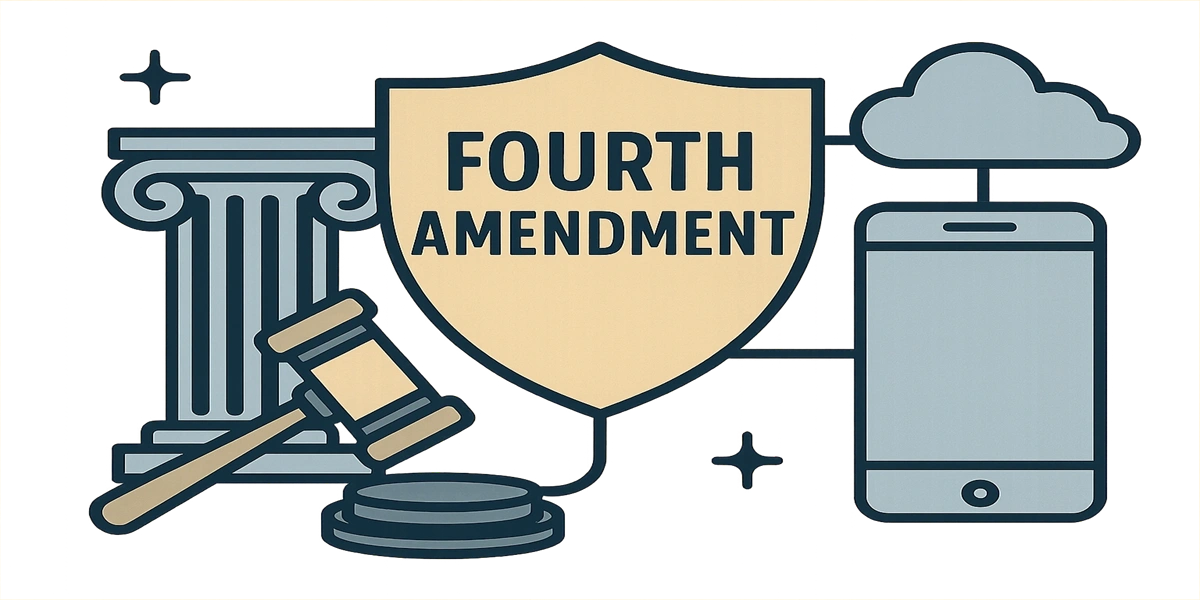In a country where faith and nature often walk hand in hand, a recent decision by the Supreme Court has struck a deep emotional chord. The cutting down of three massive Wild Jack trees on the premises of Thiru Keralapuram Sreekrishnaswamy Temple in Kerala’s Peroor Village has not just become a legal issue it has turned into a heartfelt reminder of our collective duty to protect the environment, even in the name of religion.
Supreme Court Stern Response
The case came before the Supreme Court as part of a larger property dispute, but what grabbed the attention of the judges was the brutal felling of trees that had stood tall and strong, each measuring around 1.5 to 2 meters in diameter. Shocked by the act, Justice Abhay S. Oka did not hold back. “No religion permits felling of trees in such a brutal manner,” he stated during the hearing, showing clear disappointment with the temple committee’s actions.

An Emotional and Practical Solution
What made the moment even more impactful was the Court’s suggestion on how to make amends. When the temple’s counsel mentioned that the temple was small and lacked funds—especially since the annual festival was ongoing—the Court had a simple yet profound solution: use the offerings made by devotees during the festival to compensate for the damage done. “In this festival, people will be offering something to the god, right? So whatever is offered at this festival can go to the forest department. As simple as that,” said Justice Oka. His words cut through bureaucracy and went straight to the heart of what many believe religion should stand for—compassion, responsibility, and reverence for life in all its forms.
Steps Taken and the Road Ahead
The committee informed the Court that the current administration had already planted 100 new trees after a prior order to maintain the status quo and was willing to plant 100 more. However, the Court wasn’t satisfied with mere verbal assurances. It directed the committee to submit an affidavit stating exactly how many trees were planted and how much compensation would be paid to the forest department. This issue came to light after a report from the District Collector of Kottayam confirmed that the three large trees had been cut on the instructions of the temple’s former administrative committee. The Court had already ordered that no further tree felling or construction be allowed on temple property without its approval.
A Deeper Message for All
Beyond legal arguments and official orders, what makes this case so deeply moving is the moral and emotional message behind it. It’s a wake-up call to recognize that our spiritual spaces must not come at the cost of nature. Trees, like temples, are sacred. And when one is harmed, something within all of us is affected.

The case will be heard again on April 9, 2025, giving the temple committee time to file the required affidavit and take real responsibility—not just on paper but in action and intention.
Disclaimer: This article is based on publicly available court proceedings and media reports. The intention is to inform and raise awareness, not to target or criticize any religious institution. All views expressed by the Court are quoted as per official records.
Also Read:
Supreme Court Slams Overpriced Lawyers: Justice Must Be Accessible to All
Evolution and Scope of Administrative Law
Understanding the Law of Torts Bare Act: A Complete Guide






